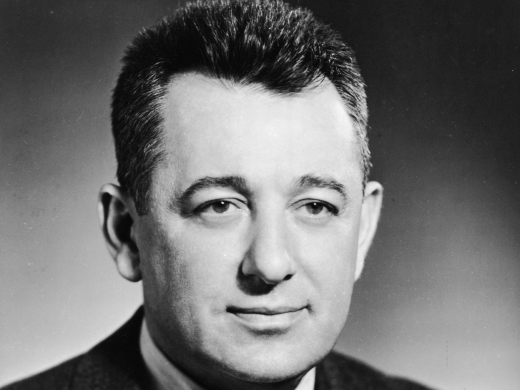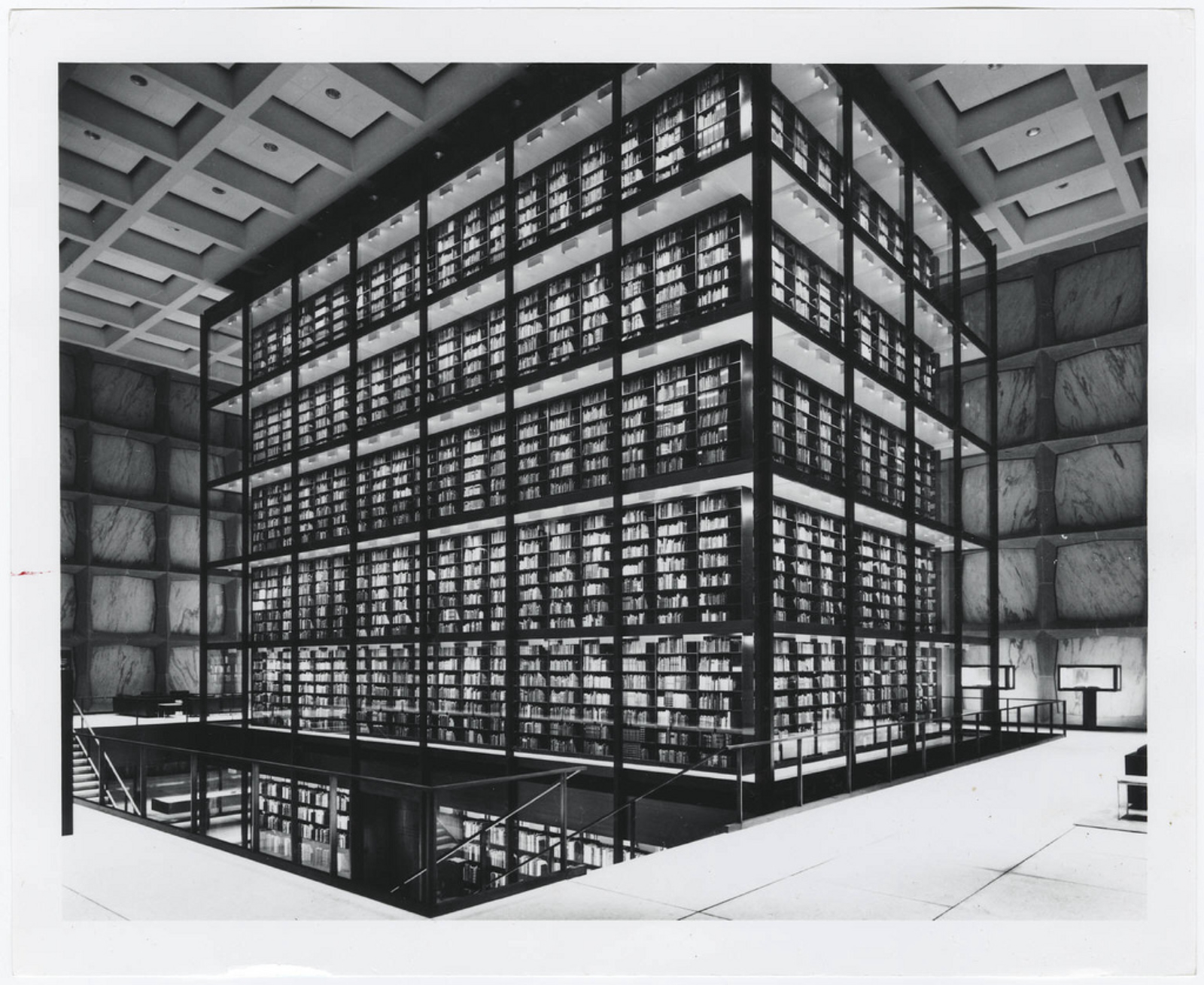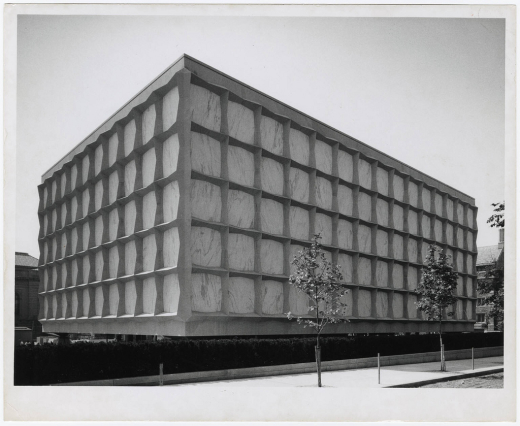How to Visit
Open to Yale University students, faculty and visiting researchers
Location
121 Wall StreetNew Haven, CT, 06511
Country
US
Case Study House No. 21
Lorem ipsum dolor
Designer(s)

Gordon Bunshaft
Architect
Nationality
American
Affiliation
Skidmore, Ownings & Merrill

Skidmore Owings & Merrill (SOM)
Other designers
Architect: Gordon Bunshaft/Skidmore, Owings & Merrill. Sculpture Garden: Isamu Noguchi; Structural Engineer: Paul Weidlinger; Mechanical Engineers: Jaros, Baum, & Bolles; Contractor: George A. Fuller.



